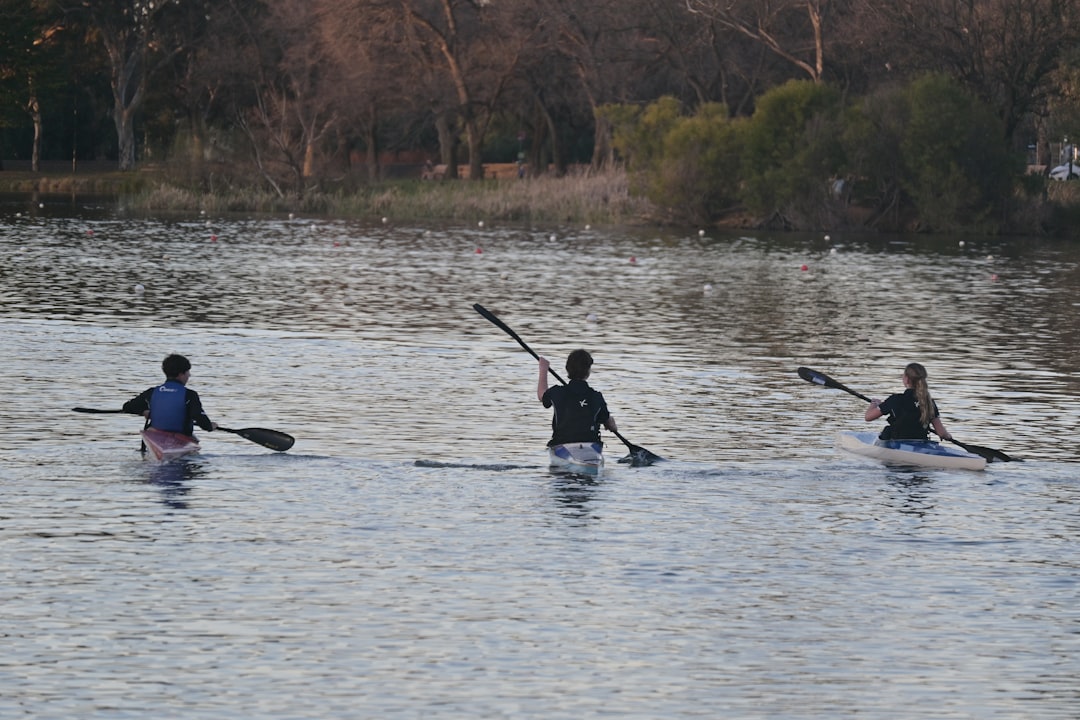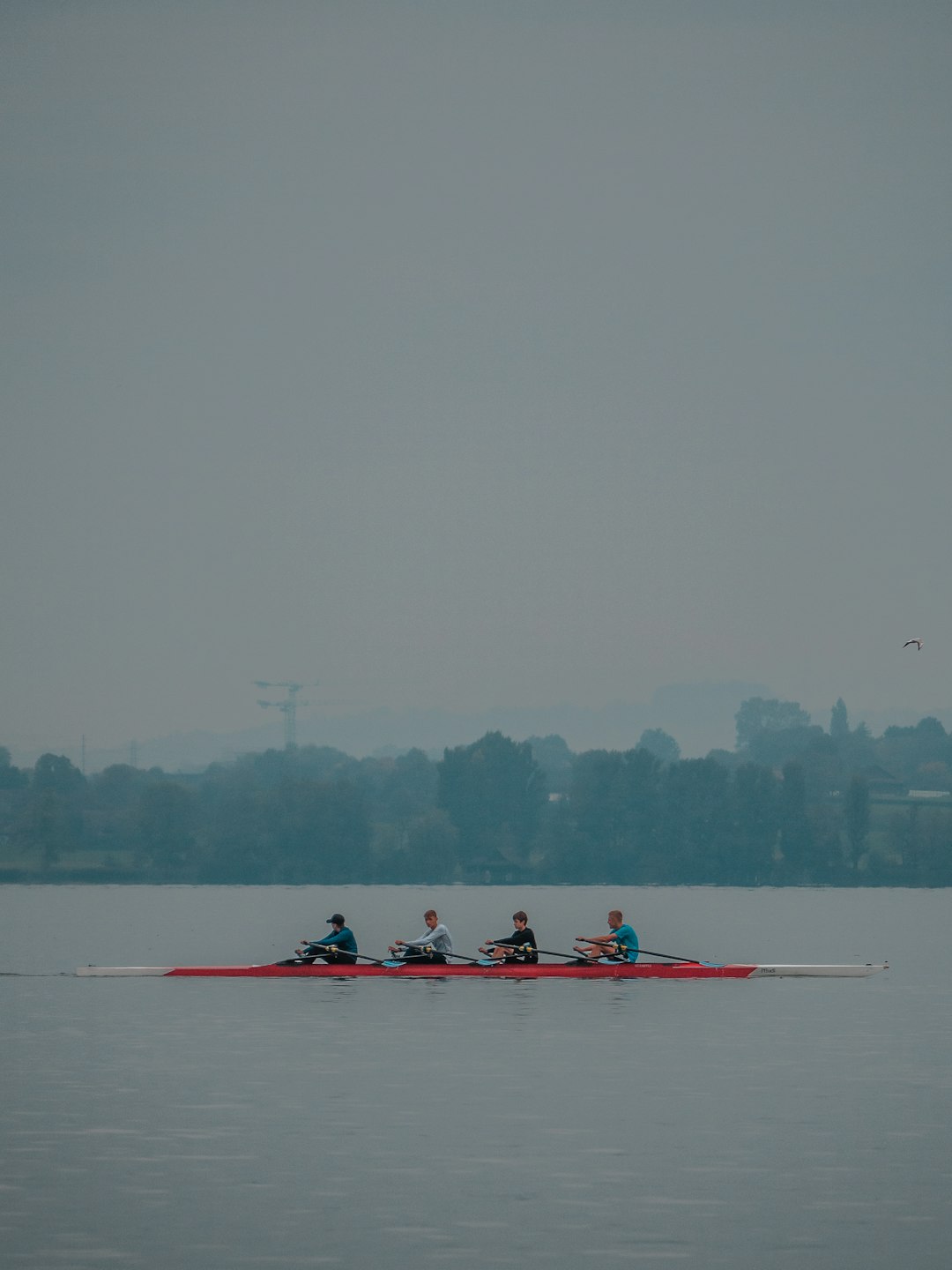There’s something undeniably invigorating about gliding across open water. Whether it’s the rhythmic motion of rowing, the serenity of stand-up paddleboarding, or the thrill of kayaking through river rapids, waterway sports offer a unique blend of adventure, exercise, and connection to nature. If you’ve ever dreamed of taking to the water for fun, fitness, or exploration but didn’t know where to start, this guide is for you. Here’s your beginner’s introduction to three popular waterway sports: kayaking, stand-up paddleboarding (SUP), and rowing.
Why Choose Waterway Sports?
Beyond the picturesque settings and adrenaline rush, water sports come with a host of benefits:
- Full-body workout: Engage your core, back, shoulders, and legs with every stroke or balance adjustment.
- Mental wellness: Being on the water provides a calming, meditative experience that reduces stress.
- Accessibility: You don’t have to be an elite athlete to enjoy or excel at these activities; many options cater to all skill levels.
Getting Started with Kayaking
Kayaking is arguably the most versatile water sport in terms of terrain and intensity. From tranquil lake paddles to intense whitewater adventures, you’ll find kayaking refreshing and customizable.
Types of Kayaking
- Recreational kayaking: Ideal for beginners, these kayaks are wider for added stability and are perfect for lakes and gentle rivers.
- Touring/Sea kayaking: Designed for long-distance, these are sleeker boats meant for coastal waters or longer adventures.
- Whitewater kayaking: For thrill-seekers, these shorter kayaks are suited to navigating rapid river currents and obstacles.
Essential Gear
- Kayak suited to your specific activity type and body size
- Paddle (typically double-bladed)
- Personal Flotation Device (PFD)
- Dry bags for carrying essentials
- Helmet (for whitewater and rough conditions)
Learning to kayak starts with mastering how to paddle, steer, and get in and out of the boat safely. Most communities near water offer basic instruction or guided tours that include lessons.

Diving into Stand-Up Paddleboarding (SUP)
Stand-up paddleboarding has exploded in popularity over the past decade. Part surfing, part kayaking, SUP involves standing on a large, stable board and using a paddle to move through flat or gently flowing water. It’s a fantastic low-impact workout that enhances balance and core strength.
Types of SUP Boards
- All-around boards: Great for beginners and general use
- Touring boards: Longer and narrower for increased speed and distance
- Inflatable boards: Convenient for storage and transport, with performance good enough for most paddlers
What You’ll Need
- Paddleboard (choose inflatable or hard, depending on your situation)
- Adjustable SUP paddle
- Leash to keep board tethered to your ankle
- PFD (many states require them)
- Water shoes or booties for rocky or cold areas
SUP is accessible to most people with a moderate fitness level, and many find it easier to learn than expected. Practice begins with kneeling on the board, then gradually moving to a full standing position once you’re comfortable.
One of SUP’s biggest attractions is the calm, meditative quality of gliding across still water, especially during early morning hours. It also branches into fun variations like SUP yoga and SUP surfing, for those seeking a challenge.

Rowing: Technique Meets Teamwork
Unlike kayaking and SUP, rowing is often associated with competitive racing and elegant team synchronization. While it’s true that rowing is a core Olympic sport, it’s also accessible as a recreational activity on calm rivers, lakes, or indoor rowing machines.
Types of Rowing
- Sculling: You use two oars, one in each hand. This is great for solo or double crews.
- Sweep rowing: Requires a team in which each rower handles one oar. Typically seen in 4- or 8-person boats with or without a coxswain (steerer and motivator).
Gear You’ll Need
- Rowboat (scull or sweep-style)
- Proper-length oars
- Rowing shoes or fixed shoes in the boat
- Lightweight, fitted clothing to avoid tangling
- PFD (specific models sized for rowing are available)
Good rowing technique is crucial for both performance and safety. The motion follows a specific sequence involving the legs, back, and arms. Newcomers are encouraged to start with a rowing club or instructor to avoid learning incorrect form.
Aside from the full-body workout, rowing fosters a deep sense of rhythm and unity, especially in team settings. There’s something empowering about the collective energy of a well-synced rowing crew slicing through still water at dawn.
Water Safety and Tips for Beginners
Before heading out, consider your safety on the water:
- Always wear a PFD: Regardless of how experienced you are, safety gear saves lives.
- Check weather and water conditions before heading out, particularly winds and tides.
- Never paddle alone: Especially as a beginner, try to head out with someone else or let people know your route.
- Take a basics course: Available at most boating or outdoor recreation centers.
- Hydrate and wear sunscreen: Hours on the water expose you to the elements.
Choosing the Right Sport for You
Not sure which sport to dive into first? Here’s a quick breakdown:
- Choose kayaking if you want a versatile, solo-friendly activity that ranges from scenic to extreme.
- Try SUP if you’re looking for a relaxing, beginner-friendly sport with tons of room for fitness integration.
- Opt for rowing if you enjoy structured training, working in teams, or aspire to competitive sport.
Many rental spots offer try-before-you-buy sessions, and local paddling clubs often welcome curious newcomers for community days or beginner meetups.
Conclusion
Waterway sports offer far more than just a way to cool off on a sunny day—they represent a journey of personal growth, physical fitness, and deep appreciation for the natural world. Regardless of whether you’re paddling solo down a peaceful inlet or racing with a local rowing club, getting started is as easy as taking that first stroke. So gear up, get wet, and discover the joy of life on the water.



